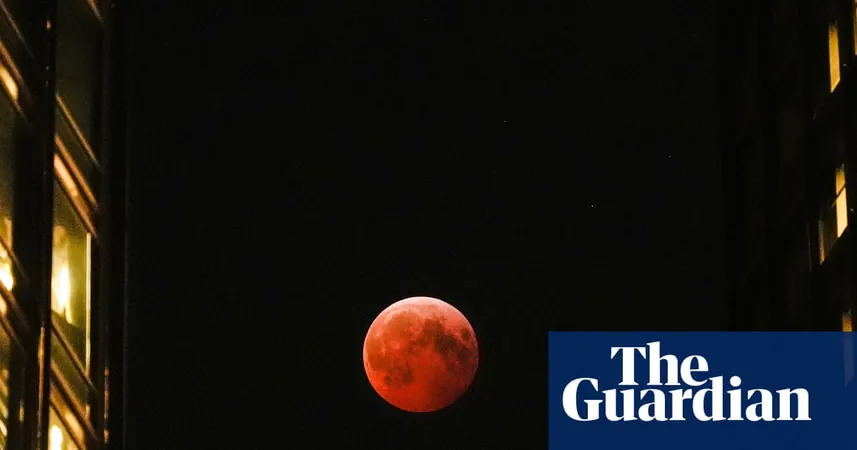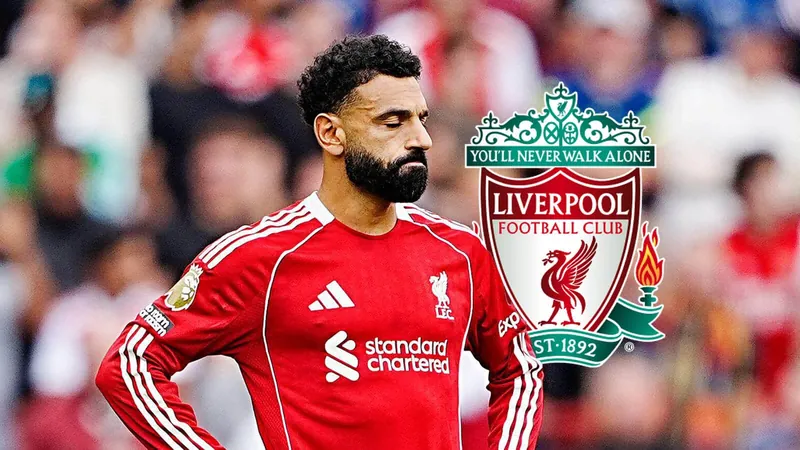
Breakthrough Treatment: Narrow Band UVB Phototherapy Beats Cyclosporine for Chronic Urticaria!
2025-09-05
Author: Yu
In an exciting new development for those battling chronic spontaneous urticaria (CSU), researchers have revealed that Narrow Band Ultraviolet B (NB-UVB) phototherapy is a highly effective alternative to cyclosporine, particularly for patients who do not respond to antihistamines.
This revelation stems from a comprehensive study led by Dr. Muthu Sendhil Kumaran and a dedicated team from the Post Graduate Institute of Medical Education and Research in India. Their aim was to evaluate the safety and efficacy of NB-UVB compared to cyclosporine for individuals suffering from antihistamine-refractory CSU.
Previously, though NB-UVB had proven effective either on its own or in conjunction with antihistamines, there was little direct research comparing it with cyclosporine. This study aimed to bridge that gap.
The Study: A Closer Look at the Findings
In this randomized, prospective, non-inferiority trial, 50 participants with treatment-resistant CSU were meticulously selected and monitored. Eligibility required patients to have daily or nearly daily symptoms for over six months, unresponsive even after increasing their antihistamine dosage.
Participants were divided to receive either NB-UVB therapy three times a week or a daily cyclosporine dose of 3 mg/kg for 90 days, alongside regulated antihistamines. The team carefully recorded outcomes, including the 7-day Urticaria Activity Score (UAS7), chronic urticaria quality of life, and biomarker changes.
After rigorous screening of 526 potential candidates, the researchers found that both treatment options significantly reduced UAS7 scores within just 15 days. Impressively, the NB-UVB treatment displayed long-lasting relief even after treatment cessation, while cyclosporine users experienced rapid but temporary improvements, often followed by a resurgence of symptoms.
Key Takeaways and Future Implications
The non-inferiority analysis concluded that NB-UVB is just as effective as cyclosporine in reducing UAS7 scores. Furthermore, while both treatments decreased serum IgE levels, only the cyclosporine group showed significant reductions in certain inflammatory biomarkers.
This study showcases the potential of NB-UVB as a durable and well-tolerated alternative to cyclosporine in managing CSU. As the researchers aptly noted, 'Cyclosporine acted as a crisis-buster with quick results, while NB-UVB provided sustained suppression of disease activity after treatment ended.'
These findings are a beacon of hope for those suffering from this frustrating condition and suggest that further long-term studies on NB-UVB therapy may offer even deeper insights into its benefits. This could pave the way for more effective, less invasive therapeutic options in the future.


 Brasil (PT)
Brasil (PT)
 Canada (EN)
Canada (EN)
 Chile (ES)
Chile (ES)
 Česko (CS)
Česko (CS)
 대한민국 (KO)
대한민국 (KO)
 España (ES)
España (ES)
 France (FR)
France (FR)
 Hong Kong (EN)
Hong Kong (EN)
 Italia (IT)
Italia (IT)
 日本 (JA)
日本 (JA)
 Magyarország (HU)
Magyarország (HU)
 Norge (NO)
Norge (NO)
 Polska (PL)
Polska (PL)
 Schweiz (DE)
Schweiz (DE)
 Singapore (EN)
Singapore (EN)
 Sverige (SV)
Sverige (SV)
 Suomi (FI)
Suomi (FI)
 Türkiye (TR)
Türkiye (TR)
 الإمارات العربية المتحدة (AR)
الإمارات العربية المتحدة (AR)